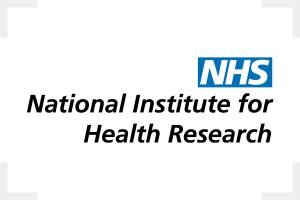Drunkenness is a common night-time problem in many UK towns and cities and intoxicated patients are at risk of choking, injury, unconsciousness and death. Traditionally, the very drunk have either been escorted to a hospital A&E so that their health can be monitored or drunken offenders went into police custody. Recently the police issued guidance for all UK forces stating that those who are drunk cannot be housed in custody due to possible health complications, unless a clinical decision maker determines that it is safe to do so. A&E is one of the few clinical services available in the evening and this is where most of those who need clinical input end up. This places additional demand on overstretched emergency services at a time when they are experiencing unprecedented levels of demand. Ambulances have to wait longer in order to hand over patients to A&E staff because clinical staff are busy elsewhere, police officers (accompanying drunk offenders to A&E) are delayed, taking them away from their duties in the city centre, and other patients in A&E may wait longer to receive clinical attention. These delays mean there are fewer police officers on patrol deterring violence and fewer ambulances available to respond to emergency calls. In addition, the behaviour of drunk patients is often disorderly, they lose control of their body and therefore vomit and defecate uncontrollably. This affects the A&E environment, waiting rooms and other patients, including children, can become distressed.
Alcohol Treatment Centres (sometimes called “Drunk Tanks” in the media and Alcohol Welfare Centres elsewhere) are services that provide a safe environment in which drunk people can NIHR Health Services and Delivery Research
Programme be assessed, treated if necessary, monitored or referred to A&E (but only if required). They are developed through partnerships that including local government, police, healthcare and other agencies that are all affected by the problem of drunkenness. The primary goal is to safely divert as many drunks as possible from A&E into the Alcohol Treatment Centre to improve the provision of care in A&E, provide a clinical facility where police, ambulance and others can quickly hand over drunks to clinical staff and therefore improve patient experiences of care in unscheduled care.
We plan to evaluate the effectiveness and cost effectiveness of Alcohol Treatment Centres in meeting these goals and to understand the broader impact on the working lives of staff, including stress and morale.
A mixed methods evaluation will be conducted. This includes an ethnographic study where researchers shadow practitioners to understand how they work in the context of managing drunks, a survey of patients to understand how Alcohol Treatment Centres improve patient experiences in A&E together with interviews with patients and staff, the analysis of routine data and simulation modelling to understand any impact on key performance indicators in health, police and ambulance services.
Outputs from the research will be of broad relevance to decision makers and will include journal articles, presentations at conferences and a model for further service development that will likely be of considerable interest across the UK and internationally (while similar services exist across Europe, Australia and North America none have been formally evaluated).
A primary goal of this project is the provision of evidence that is useful for practitioners involved with managing night time environments.

